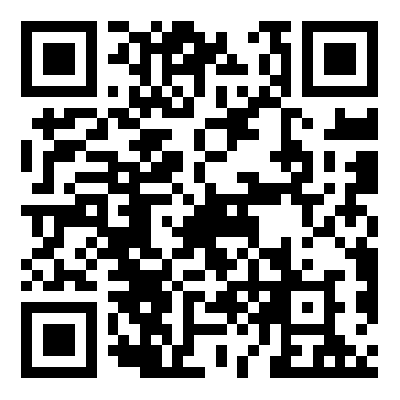China has released a set of guidelines to strengthen science and technology education in primary and middle schools, aiming to establish a solid foundation for fostering sci-tech talent and thereby enhancing the country's self-reliance and strength in this field.
By 2030, a science and technology education system for primary and secondary schools is expected to be largely established. Moreover, by 2035, a sci-tech education ecosystem will be fully formed, helping China become a leading country in education, according to the guidelines jointly issued by the Ministry of Education (MOE) and other authorities.
At a press conference about the guidelines on Wednesday, Tian Zuyin, an MOE official in charge of basic education, said the period of primary and middle schools is important for cultivating students' interest in science, innovative consciousness and practical ability.
Thanks to continuous efforts, notable progress has been made in recent years, Tian said. For example, since 2022, science and technology museums across the country have cooperated with more than 14,000 primary and middle schools to host 48,000 immersive and interactive activities.
Strengthening young people's sci-tech and innovation capabilities at an early stage of elementary education is helpful to discover and foster future scientists and engineers, noted Xu Xuejun, vice president of Shanghai-based Tongji University.
To further improve science and technology education, the guidelines put forward six tasks, calling for efforts to reform teaching methods, strengthen interdisciplinary integration, and build a strong force of teachers.
The Party leadership's recommendations for formulating China's 15th Five-Year Plan for National Economic and Social Development stress achieving greater self-reliance and strength in science and technology and boosting China's strength in education, science and technology, and human resources in a well-coordinated manner over the next five years.
Currently, the science and technology education in primary schools still faces challenges including a lack of teaching staff and limited space of practice. "The issuance of the guidelines can help solve these difficulties," said Lu Yongli, principal of a prestigious primary school in Beijing.


